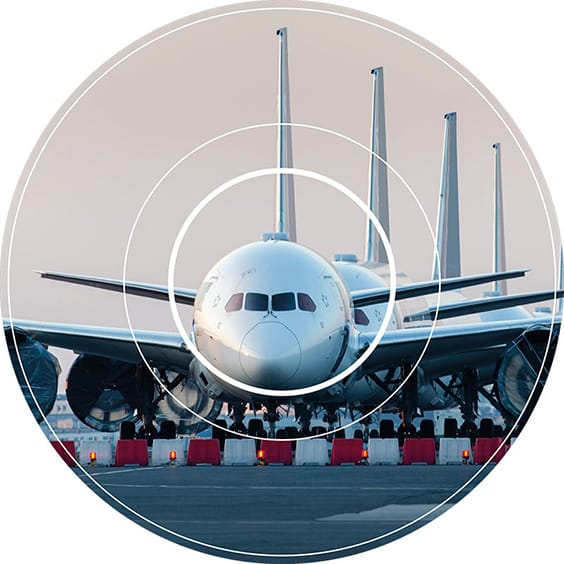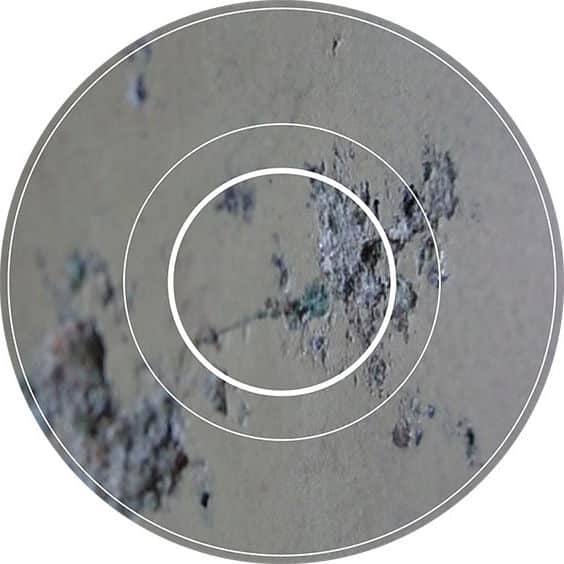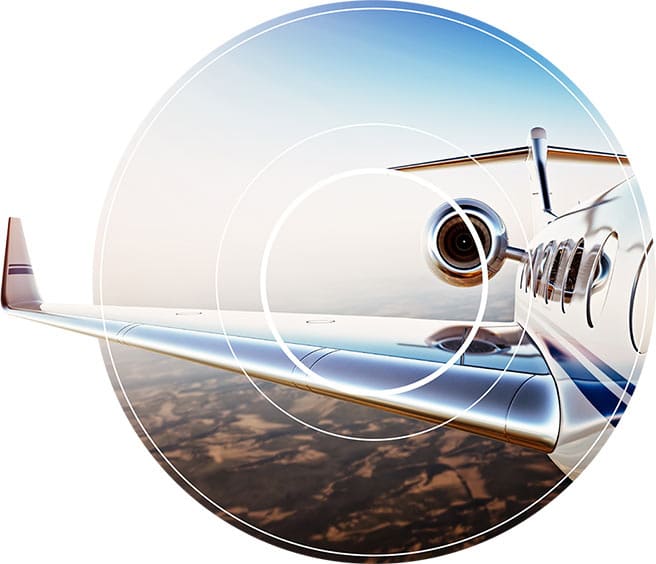Aircraft Fuel Testing
Discover the latest ‘test at the tank’ technology, ideal for one-person operation.
- All-in-one test kits designed for one-person use
- Conduct tests on-site, even in dirty hangar conditions
- No specialist equipment or training required
- Most cost-effective testing method
- Trusted by over 400 airlines worldwide
Aviation fuel is susceptible to various contaminants including water, particulates (e.g. rust and pollen), other fuels, and microbial contamination.
Microbial contamination originates from microbes that are in the air and on surfaces around us. These microbes are often present in water that enters fuel tanks and pipes through condensation. Once inside tanks, the microbes feed off the nutrients in the fuel and grow in the space between fuel and water.
Diesel and jet fuels are more susceptible to microbial contamination because they are now made with Fatty Acid Methyl Ester (FAME), which attracts and holds water.
When microbial contamination grows unchecked, it eventually forms a slime-like substance called biomass. This material can easily block filters and engines, worsening their performance or completely stopping the engine from working.
The biomass and associated acids can also influence microbial corrosion—to the extent that it can eat through the walls of fuel tanks. In a worst-case scenario, it can cause jet fuel to leak into the environment, leading to government involvement and major reputation damage for the airline.
Fuel that is diagnosed with serious microbial contamination cannot be used.
The fuel can sometimes be restored using specialist treatments known as biocides, where available (their use is not permitted in the EU). In severe cases, the contamination may lead to complete cleansing of the tanks and downgrading or total write-off of the fuel. All of these outcomes—including biocide treatments—are extremely costly.
All this means that prevention is far more economical than treatment. By proactively monitoring and managing microbial contamination, airlines can potentially save hundreds of thousands of dollars—or more.
GET IN TOUCH
Get a FUELSTAT® aviation fuel test kit
Use FUELSTAT® to test for aviation fuel contamination and avoid costly mechanical and operational problems




